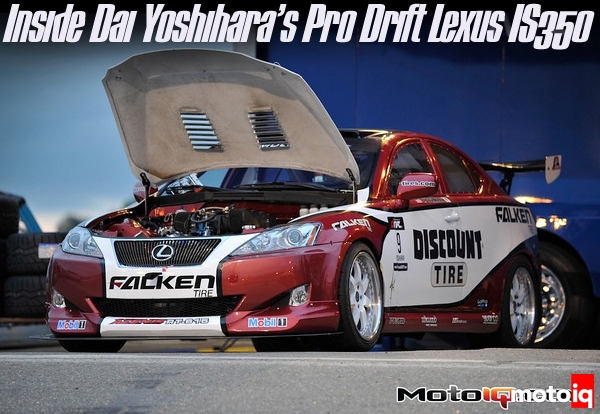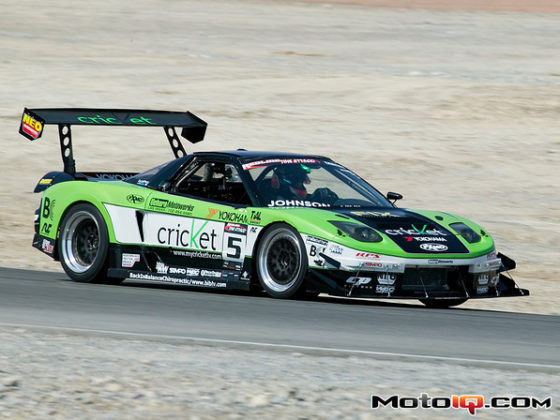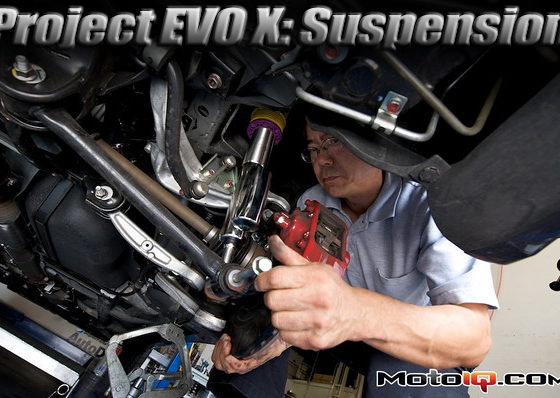,
 |
| The core support has been removed in favor of this lighter and stiffer tubular structure. This structure mounts the oil cooler, dry sump tank and remote oil filter as well as provide a level of easily repairable impact protection. Like a stadium racing truck, a drift car is designed to be fixed quickly and easily in the field. |
 |
| Christa Kojima, the team polisher peers through the mesh side windows that allow air to feed the trick rear mounted radiator. Moving the radiator to the rear helps with weight distribution and keeps the fragile cooling system safe from impacts common in drifting. More cooling air comes through a roof mounted scoop in the carbon fiber roof. |
 |
| A look at the carbon fiber door. Carbon fiber is used for the doors, front fenders, hood, roof and rear decklid–a big reason for the cars low 2600 lb weight. The extensive roll cage ties the entire chassis together although it does not go through the firewall in accordance with Formula D rules. The back of the car is walled off from the driver by lexan and carbon fiber bulkheads so that positive pressure can be maintained in the rear area to promote air flow through the radiator. |
 |
| A closer detail shot of the rear compartment shows the carbon bulkhead with the cars electrical center mounted to it. You can also see the flush mounted battery, the fire bottle and the fuel system. |
 |
| The Griffin custom radiator uses a Visteon core and is mounted in a custom carbon fiber bulkhead. |
 |
| The fire system uses a 10 lb halon charge which can put out quite a blaze. An Fuelsafe fuel cell protect the gas from impact while a dual pickup Aeromotive pump ensures that the engine will not fuel starve even during violent maneuvering. The primary pump feeds a surge tank to ensure a solid fuel supply. From the surge tank the fuel is pumped to the injectors. |



